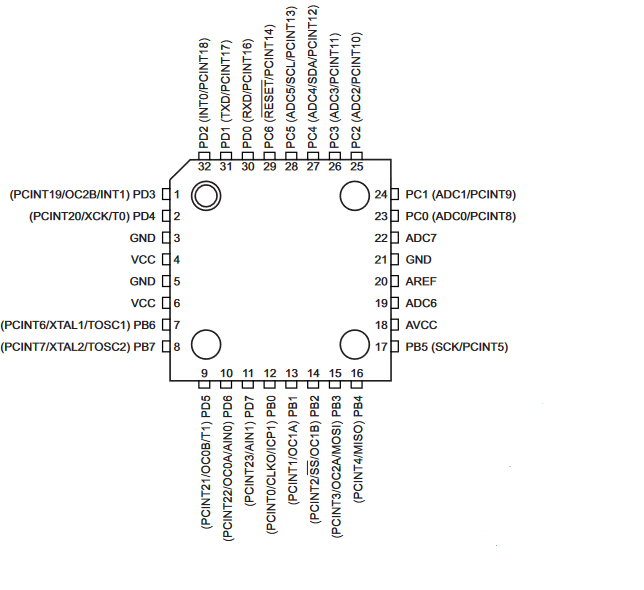TLDR: With regards to component package design, there are more important things to consider than whether or not 2 pins will short together during PCB assembly.
I wouldn't say that the VCC and GND pins are almost always next to each other because it really depends on the component, but it really helps with same layer decoupling when they are.
It helps with placement, ensures that you can route healthy current paths, and prevents blocking the fanout of other signals that get stuck between the power/ground pins. That's probably as far as it goes with packages like the ATmega328P if we don't dive into the details of the internal die, but with large BGAs, it's necessary to put VCC and GND next to each other to allow decoupling on the back of the board without forcing the engineer to use very small footprints. For some power supplies, it's about minimising the eddy currents and improving EMI.
"Why do the engineers always place the Vcc pin next to the GND pin?". The target customer for most electronic components would typically be dealing with high volumes and/or high-quality professional assembly where shorting between pins is generally caught in a number of ways. I don't think the risk of shorting pins would be a consideration.

